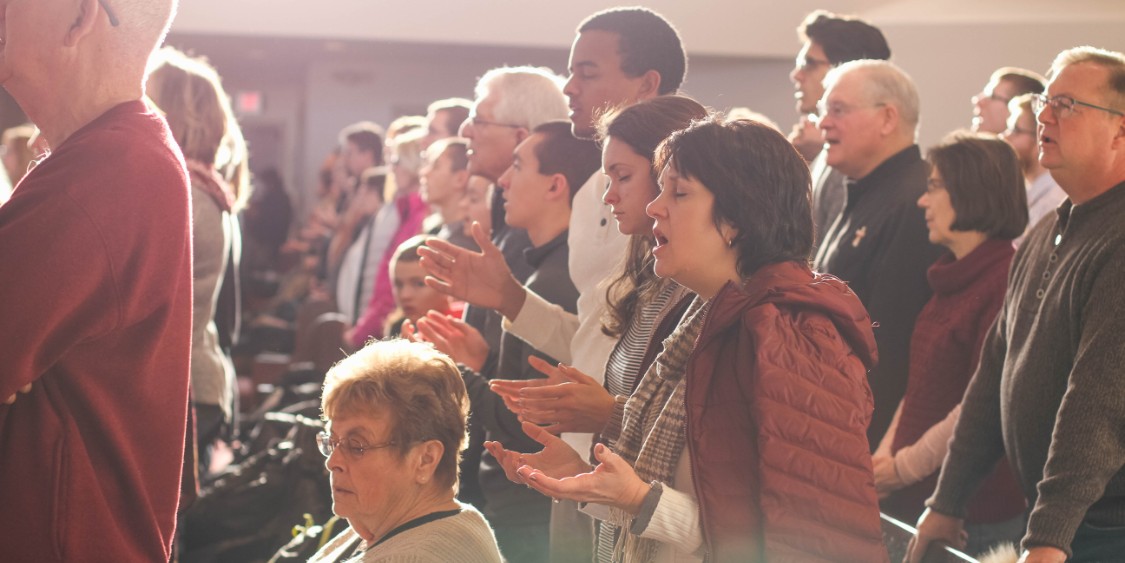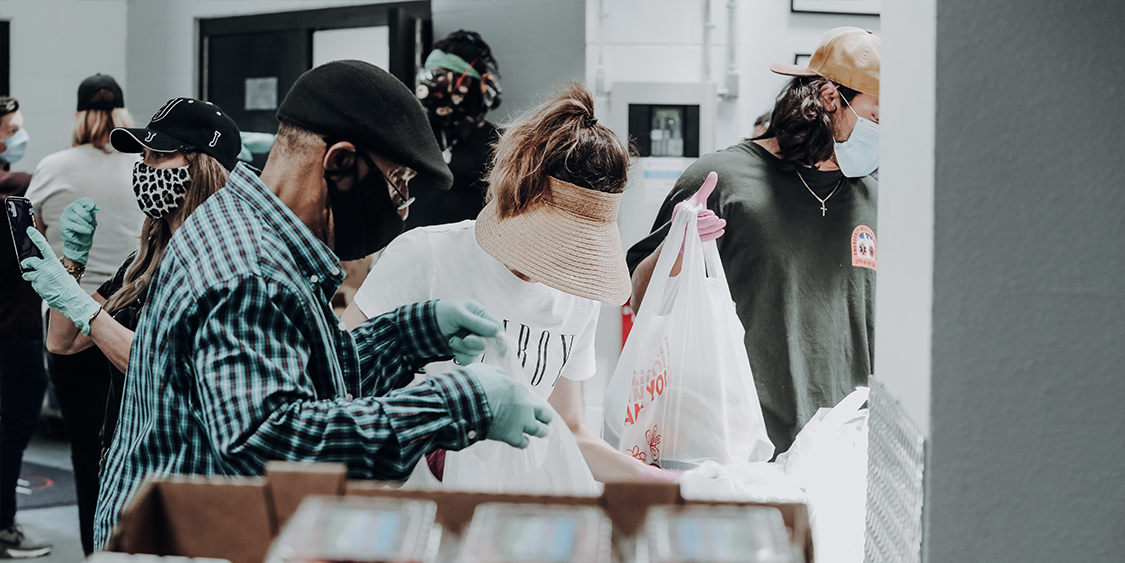
Faith-based organizations face several exposures because doors to their facilities often remain open for long periods of time, and people are constantly entering and exiting the premises. To make hazard assessment more complicated, people representing these organizations often congregate in locations other than their main facility.
This document will look specifically at risks associated with faith-based organizations when their facility is full of participants, members, employees, volunteers and visitors. It will help you understand the steps you should take to make sure everyone inside your facility stays safe, both on a day-to-day basis and in emergency situations.
At many faith-based organizations, there are several days during the week, especially at certain times of the year, where the facility is filled to capacity. It is during these times that you need to be especially aware of the potential for hazards.
Your risk lies in the fact that many people are gathered in a single, confined space with limited exits and little or no information on how to handle an emergency. Make sure your emergency action plan is comprehensive and addresses all aspects of this risk.
Natural Disasters
While natural disasters present concerns for any business, faith-based organizations must have a detailed plan for keeping all visitors and staff safe because many in the facility might not be aware of your emergency action plan. Make sure your leader, or better yet, an organized safety response team, has a plan of action for any possible type of situation, including fire, earthquakes, tornadoes, etc. You should devise ways to keep people calm, give clear instructions and direct everyone to a safe area as quickly as possible. Also, make sure it is clear who has the keys to shut down utilities in emergency situations. Know when this is a necessary step in the process and who should take care of it.
Medical Emergency
With the volume of people constantly entering and leaving a faith-based organization’s facility, it is impossible to know every person’s health condition. Therefore, medical emergencies are a real hazard to your organization. As with natural disasters, make sure your safety response team or a leader within the organization has a definite plan of action. The group or leader should pre-determine who to call, what actions to take to keep the person safe and how to ensure the organization will not take on any additional liabilities by treating or assisting the injured or ill person.
Violence
It may be unpleasant to consider the possibility, but for religious organizations that regularly keep doors open, there is a great risk of violence. To mitigate this risk, try having a staff member or volunteer sit near the door and greet each visitor. While it may not deter all acts of violence, an intruder will be less tempted to enter the facility if he or she is aware of being observed. Encourage everyone in the facility, especially regular staff, to report suspicious activity or individuals.
Download your FREE copy of our Non-profit and Faith-based Employee Safety Manual! You’ll get all the information you need to provide a safe and healthful workplace for your employees.


